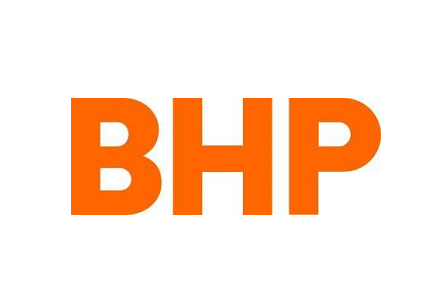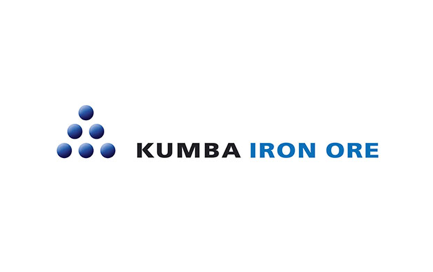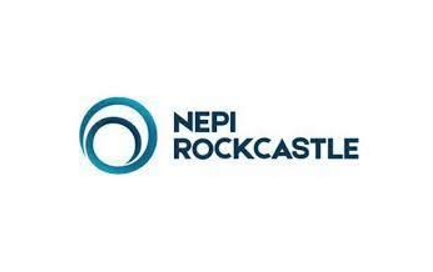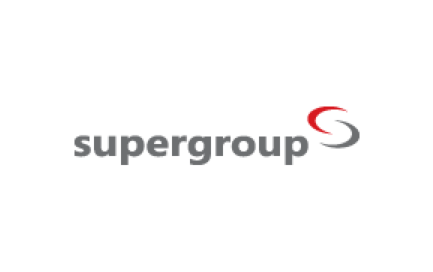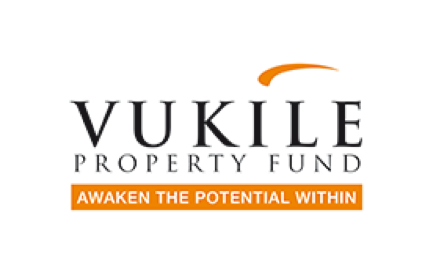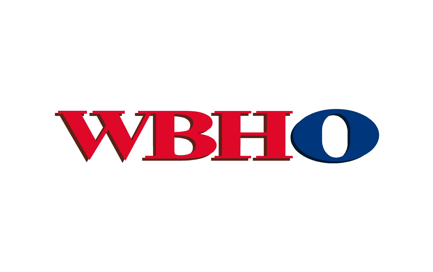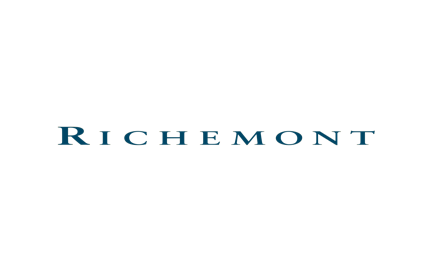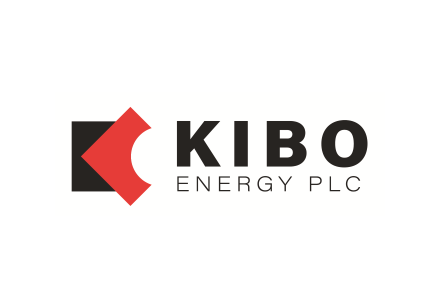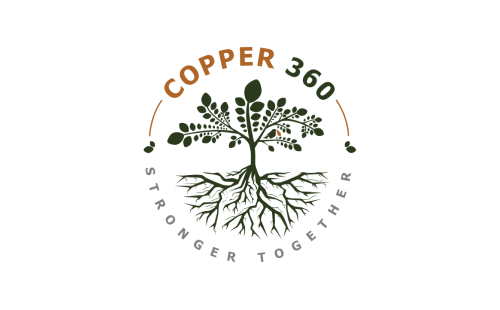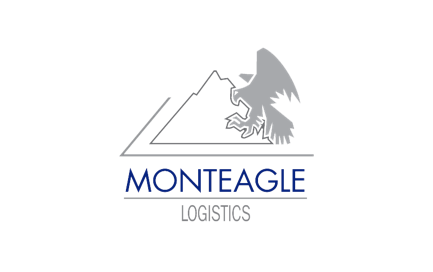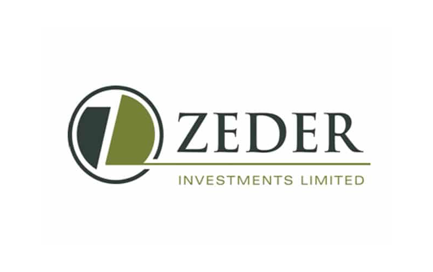Get the latest recap of JSE news in the Ghost Wrap podcast, brought to you by Mazars:
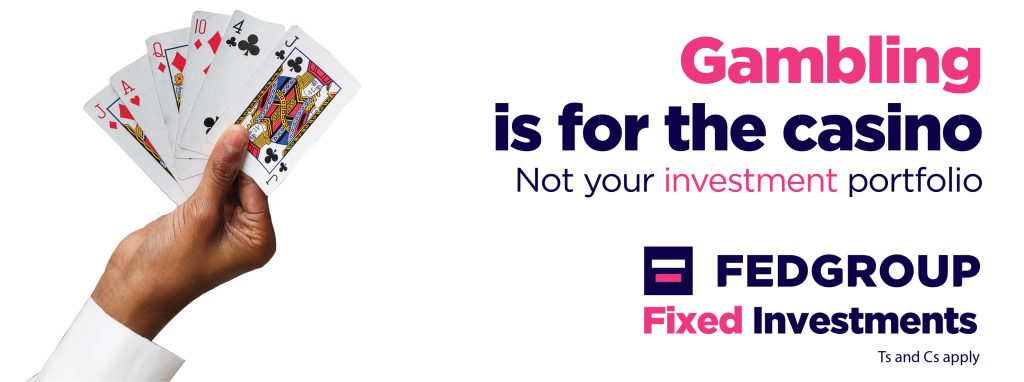
You need to read the BHP numbers carefully (JSE: BHG)
For one things, there are massive impairments in the results
Mining giant BHP released results for the six months to December 2023 and the words “underlying profit” appear often. The key difference between underlying profit and attributable profit is the impairment of Western Australia Nickel ($2.5 billion) and a further charge related to the Samarco dam failure ($3.2 billion). This smashes attributable profit from $6.5 billion in the comparable period to just $0.9 billion in this period.
Although these are non-cash charges for now, the reality is that the Samarco provision is an estimated future outflow and the Western Australia Nickel impairment talks to capital allocation. I wouldn’t just ignore these as being inconsequential.
To get closer to the core mining results, we can look at revenue (up 6%) and underlying EBITDA (up 5%), with slightly contraction in underlying EBITDA margin from 53.5% to 53.3%.
Net operating cash flow is a much more exciting story, up 31% thanks to the increase in EBITDA and lower income tax and royalty tax payments as well, which aren’t captured in EBITDA.
Of net operating cash flow of $8.9 billion, BHP invested $5.1 billion in various capital projects and thus generated $3.8 billion in free cash flow. Some capital expenditure was also funded from debt, which is why net debt increased from $11.2 billion as at June 2023 to $12.6 billion as at December 2023.
This is still within BHP’s targeted range for net debt of $5 billion to $15 billion.
An interim dividend of $0.72 per share has been declared, which is a 56% payout ratio.
Although there’s lots of noise in the numbers around timing of projects and other things, it’s quite fun to compare Return on Capital Employed (ROCE) across the various business units. Copper came in at 10%, iron ore 85% and coal 15%. Thankfully for BHP shareholders, iron ore is the biggest part of the business.
Kumba cuts jobs along with the production outlook (JSE: KIO)
This is the inevitable outcome of failing infrastructure
Thanks to a period of strong cost savings (R1 billion) and a rebound in iron ore prices towards the end of the year, Kumba Iron Ore pulled off a decent set of numbers for the 2023 financial year. EBITDA margin actually increased from 50% to 53%, with attributable free cash flow coming in 43% higher. Return on capital employed increased from 76% to 82%.
It all sounds really good until you dig deeper, with the group having to cut back on production because Transnet simply cannot rail the stuff to port quickly and reliably enough. This didn’t do any good for unit costs at Sishen in particular, although cost initiatives helped unit costs at Kolomela move lower.
The logistics limitations have led to a lower expected production plan for 2024 to 2026, which means the workforce at the company is too bloated for expected production levels. To ensure they remain competitive, Kumba will need to reconfigure the business and this is expected to impact 490 jobs. A further 160 service providers and contractors are impacted.
It’s one thing when commodity prices lead to job losses, like in the PGM industry. It’s another thing altogether when government absolutely fails to support the private sector, forcing a more conservative approach that loses jobs rather than creates them.
As great as the HEPS increase of 26% is, Kumba needs to look ahead and ensure it is right-sized for conditions that may not be so favourable.
Record earnings at NEPI Rockcastle (JSE: NRP)
This is the highest distributable earnings per share (DEPS) result in the company’s history
Eastern Europe (with the obvious exception of Ukraine) has turned out to be a decent place to do business as a property company, particularly when you have NEPI Rockcastle’s portfolio and balance sheet. Smaller funds are struggling with funding costs, yet here we have NEPI as the big shot in the room with record DEPS for the year ended December 2023.
DEPS was up 9.3% year-on-year, which exceeded even recent expectations at the company. If you adjust for once-offs in the base related to litigation provisions, then recurring DEPS was up 17.1%. Net operating income was the driver of this result, up 21% year-on-year thanks to a 13% like-for-like increase and the rest from acquisitions. A high inflationary environment isn’t a problem when lease clauses have indexation clauses. Even better, new lettings achieved higher uplifts than indexation thanks to the way the properties have been managed.
Retailers clearly like the properties in the portfolio, with sales and footfall metrics moving in the right direction and the vacancy rate decreasing to 2.2%.
The balance sheet was further strengthened by a scrip dividend option (shareholders could receive more shares instead of cash dividends), with the loan-to-value ratio down to 32.2%.
DEPS for 2024 is expected to be 4% higher, with no expected change to the current payout ratio of 90%. This is a fairly modest growth outlook, particularly after such a strong year.
A not-very-super update at Super Group (JSE: SPG)
With a nasty correction in the share price of 10% for good measure
Super Group released a trading update for the six months to December that reflects a 16.2% decrease in HEPS despite an 11.9% increase in revenue. This is significant margin erosion, with EBITDA margin decreasing from 13.6% to 12.8%.
There were various challenges faced throughout the group, ranging from the Southern African Supply Chain business suffering from slow turnaround times at local ports through to the UK Dealerships business dealing with a drop in consumer demand and a substantial decrease in used vehicle trading margins. The German and UK Supply Chain businesses also had a tough time as higher interest rates worked through the system. It’s not always greener on the other side, you know.
The bright spots were the SG Fleet business in Australasia in particular, as well as the South African Dealerships business in a car sales environment that has already been through the pain of normalisation.
The balance sheet remains in decent shape, with net gearing of around 36.5%.
Looking ahead, the company expects conditions in the second half of the year to be broadly in line with the first half, with some room for improvement in the UK Dealerships operations.
Vukile had no problems raising capital (JSE: VKE)
As mentioned earlier this week, Vukile is taking advantage of positive investor sentiment
In the heydays of the property market on the JSE (around 2015 – 2016), property funds could raise literally billions of rands in the time it takes you to finish your breakfast. These accelerated bookbuilds were heavily oversubscribed and in most cases, the company didn’t even tell investors exactly what the capital would be used for.
When times are tougher, it’s a lot more difficult to raise capital at all. On the rare occasions where we see an equity raise, the REIT has to submit two blood samples and a lifelong history of the asset being acquired. In short: the equity raising trends on the JSE tell us a lot about where we are in the cycle.
Vukile is certainly one of the better local REITs, so it’s not a huge surprise that it is leading the way in taking us back to the glory years of capital raising. In an equity raise that was intended to be 5% of the market cap (around R750 million), Vukile was able to increase the size of the raise to R1 billion, placing the shares at only a 0.75% discount to the pre-launch share price (and a 4.85% discount to 10-day VWAP).
Most impressively, they could place the shares and raise the money for acquisitions that haven’t even been announced yet. For now, they are just building a war chest for future deals – and the market was quite happy to provide that blank cheque.
Keep an eye on this trend as a potential sign that the best days of the property sector recovery may be behind us. Sadly, Vukile’s share price is still down 28% over the past five years. It has approximately doubled over the past three years in a post-pandemic recovery.
WBHO moves in the right direction (JSE: WBO)
HEPS from continuing operations has increased by between 5% and 15%
Wilson Bayly Holmes-Ovcon, or WBHO as everyone knows the group, has seen its profits head in the right direction for the six months to December 2023. This has been driven by a strong order book in Africa and improvements in the UK as well. For the six month period, HEPS from continuing operations should be up by between 5% and 15%. Total HEPS should be up by between 35% and 45%.
Those of you who keep falling into potholes will be pleased to learn that the roads and earthworks division has increased revenue by at least 50%, so roads are being improved somewhere at least. Operating profit is up by at least 60%.
The building and civil engineering side has grown revenue by at least 15% and profits by at least 5%.
Despite the company complaining about procurement of new work in the UK being difficult, revenue is up by between 15% and 20% and operating profit is up by at least 40%.
The construction materials and property developments segment has performed in line with the prior period at operating profit level.
Share of profits from associates and joint ventures has decreased by at least 60% due to once-off effects of the refinancing of the Gigawatt Power Station in Mozambique.
Australia remains a headache, with the loss from discontinued operations down by at least 90% but many ongoing processes in that country in relation to the exit from that country.
Little Bites:
- Director dealings:
- An executive director of Richemont (JSE: CFR) has sold shares worth a substantial R22 million.
- Kibo Energy (JSE: KBO) has sold nearly £21k worth of shares in Mast Energy Developments, with the proceeds used to reduce the debt with RiverFort Global Opportunities PCC. Selling down an investment to reduce debt isn’t a pretty picture.
- Copper 360 (JSE: CPR) has released one of those announcements that only really makes sense to geologists and perhaps mining engineers. The rest of us have to rely on the flavour of the narrative in the commentary by the CEO. Long story short, the historically mined Tweefontein Mine had the highest grade mine in the entire copper district and there could be a new copper mine adjacent to this historically mined area. Magnetic drone surveys and surface sampling results are encouraging. They have three more copper “anomalies” to test, all of which are bigger than the first anomaly that has been tested.
- In the unlikely event that you are a shareholder in Marshall Monteagle PLC (JSE: MMP), one of the more unusual local stocks, you’ll want to know that the circular for the disposal of property in California worth $26.5 million has been released to shareholders.
- Zeder (JSE: ZED) has reminded shareholders that the SARB approval for the special distribution of 20 cents per share hasn’t been obtained yet. The timetable will need to be revised accordingly.



